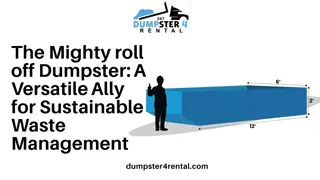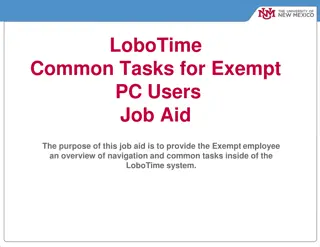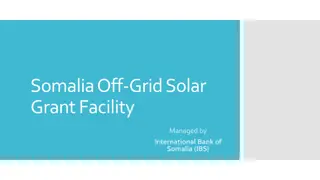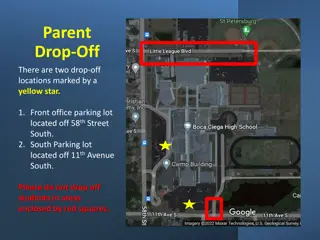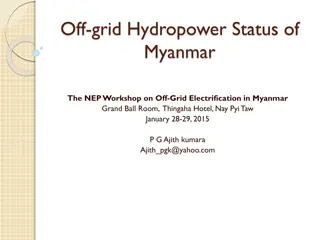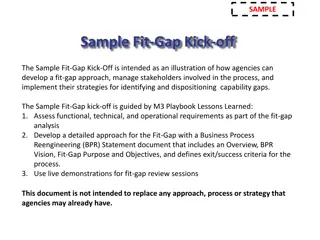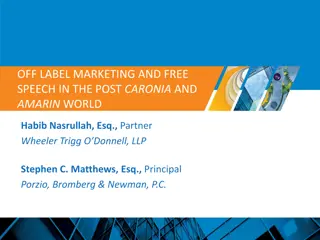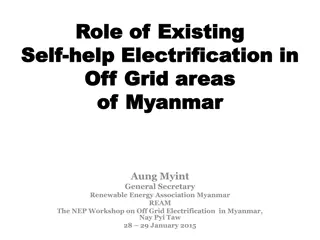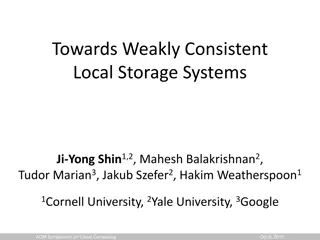
Water Decision Challenges and Solutions in Urban Governance
Explore the theme of the conference "And the Beat Goes On... Time to Change the Beat" focusing on the need for change in water decision-making processes. Dive into discussions on alignment between city and county decision makers, obstacles in land development approvals and water commitments, and the process for obtaining new water commitments. Delve into real-life examples and evaluate the relationships and collaboration between different stakeholders. Stay informed about potential issues such as water scarcity faced by cities like Coalinga. Join the conversation on reshaping water governance for a sustainable future.
Download Presentation

Please find below an Image/Link to download the presentation.
The content on the website is provided AS IS for your information and personal use only. It may not be sold, licensed, or shared on other websites without obtaining consent from the author. If you encounter any issues during the download, it is possible that the publisher has removed the file from their server.
You are allowed to download the files provided on this website for personal or commercial use, subject to the condition that they are used lawfully. All files are the property of their respective owners.
The content on the website is provided AS IS for your information and personal use only. It may not be sold, licensed, or shared on other websites without obtaining consent from the author.
E N D
Presentation Transcript
And the beat goes on . . . Time to change the And the beat goes on . . . Time to change the beat beat Conference theme recognizes that some of the most challenging water decisions have been on an endless treadmill same policies, practices, evaluation and assessments . . . The same old beat. We opened the conference with some reality checks on where we are today to assess if we have enough water to go around. As the conference shifts we identify how we need to change the beat ; show examples of where that is being done successfully; and then propose how we need to kick the beat up even more.
UWI Program February 23 UWI Program February 23rd rd 9:00 am 9:00 am Who s on Beat, Who s off Beat, Who s Not Part of the Beat? Featuring the need for and current state of the relationship between city and county decision makers and water agency decision makers. Mayor Deborah Robertson, City of Rialto Mayor Patricia Lock Dawson, City of Riverside Mayor Jeremy Smith, City of Canyon Lake Co-Moderators: Ane Deister, UWI Executive Director Steve Bucknam, President, Bucknam & Associates
What could go wrong? Are the regulations, ordinances, time- tables and jurisdictional authorities all lined up, nicely synced? Land Land Development Development Approvals and Approvals and Water Supply Water Supply Commitments Commitments Are there hiccups in the process? Is it typical for city councils / county boards of supervisors to convene planning/approval activities with water utility officials? Are there instances where approvals and commitments may have been given and then had to be rescinded? Are there instances of well managed collaboration?
Water System Service Rules Water System Service Rules - - Commitment Commitment This section identifies the process for obtaining a new water commitment. The water commitment process, outlined in this Section, requires the developer or End User to proceed at their own risk, with no assurances or guarantees that a water commitment will be made, until all steps in the applicable water commitment process are complete. Compliance with these Rules does not create a right to water service in favor of any developer or builder unless water is available. (Clark County Nevada) Before a new water service connection is authorized for installation, on-site addition or on-site expansion to an existing service, a water commitment must be obtained from the District.
News October 2022 News October 2022 City Running Dry City Running Dry Coalinga city officials estimate their small town will run out of water by Dec. 1. The city, which is typically allocated 10,000 acre-feet of water, has only been allocated about 2,000 acre-feet this year, according to Pro- Tem Mayor Ray Singleton. And that supply is almost gone.
As 2018 was winding down, one of Californias leading newspapers suggested, via a front-page, banner-headlined article, that the drought that had plagued the state for much of this decade may be returning. Just weeks later, that same newspaper was reporting that record- level midwinter storms were choking mountain passes with snow, rapidly filling reservoirs and causing serious local flooding. Dan Walter Dan Walter June 2020 June 2020 The rest of the The rest of the Neither was incorrect at the time, but their juxtaposition underscores the unpredictable nature of California s water supply. The fickleness of nature has been compounded by a decades-long, multi-front struggle among hundreds of water agencies and other interested parties over allocations of the precious liquid, not unlike the perpetual religious and ethnic wars that consumed medieval Europe. Adding another layer of complexity, the conflicts over California s water supply are often proxy wars for land-use disputes, involving such issues as whether the state s chronic shortage of housing should be addressed by continuing to carve farmlands into subdivisions or shift to a high-density mode that builds up rather than out. Water supply is very often the decisive factor in land-use decisions, thanks to state laws requiring developers to prove they can obtain enough water to serve their projects. story? story?
On September 25, 2012, Governor Edmund G. Brown Jr. signed Assembly Bill (AB) 685, making California the first state in the nation to legislatively recognize the human right to water. State State Now in the Water Code as Section 106.3, the state statutorily recognizes that every human being has the right to safe, clean, affordable, and accessible water adequate for human consumption, cooking, and sanitary purposes. The human right to water extends to all Californians, including disadvantaged individuals and groups and communities in rural and urban areas. overarching overarching politics politics
In Swanson v. Marin Municipal Water District (1976) 56 Cal.App.3d 512, a property owner filed a petition for writ of mandate, seeking to compel the water district to extend a pipeline and provide service to his proposed new home. The trial court granted judgment in favor of the property owner, and issued a writ compelling the water district to grant the pipeline extension and provide water service to the property. The court of appeal reversed. Historic legal Historic legal disputes disputes have we have we evolved? evolved? The court of appeal held that a potential water user does not possess any absolute right to be afforded water service and . . . the Constitution does not require that he be treated in the same manner as established users of the water system. Id. at 522. In Swanson, the water district had previously adopted a moratorium in response to a perceived imbalance between its water supply and demand. Where such a situation exists, the water district has a rational basis for implementing a moratorium on new service. The court of appeal did, however, recognize some limits to a water district s authority to deny applications.


